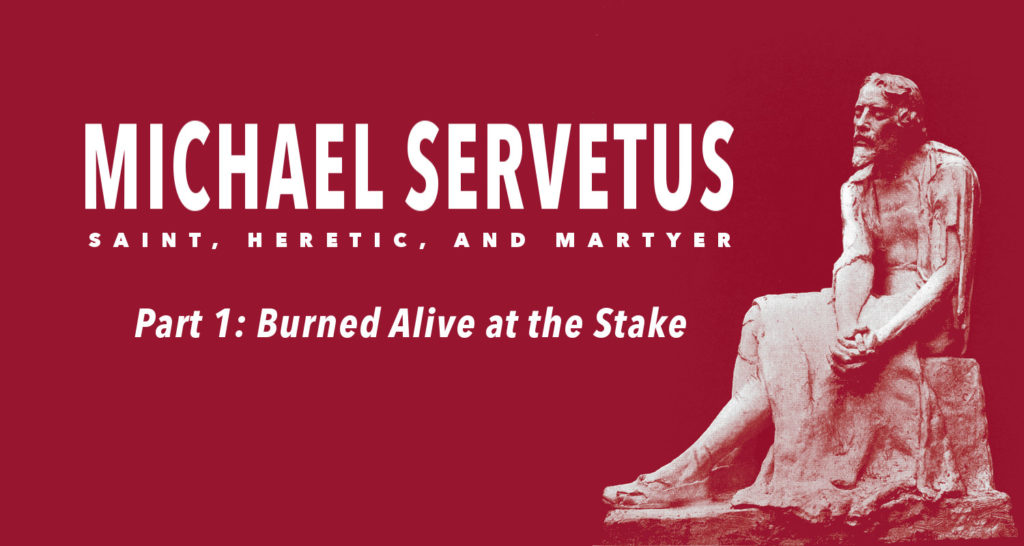
Bruce Gordon, in his Calvin biography wrote "For many, the execution of Michael Servetus in Geneva has defined John Calvin's posthumous reputation." [1] In this series, I will discuss the execution of Michael Servetus, beginning with a description of Michael Servetus' execution by the Geneva Council in gates of Geneva on plain of Champel, where he was burned alive on October 27th, 1553.
The Execution of Michael Servetus
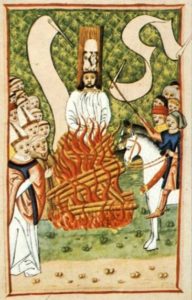 "The Genevan council's decision was unanimous to condemn Servetus—he was to die." [2] John Calvin heartlessly described how Michael Servetus reacted to the verdict that he was to be burned at the stake: "he moaned like a madman and had no more composure than a demoniac. At length his cries so increased that he continuously beat his breast and bellowed in Spanish: mercy! mercy!" [3] (la misericordia! la misericordia!) "It was his [Servetus'] teachings on the Trinity and infant baptism that were stated as his pernicious errors." [4] In consequence, Michael Servetus was to be baptized by fire.
"The Genevan council's decision was unanimous to condemn Servetus—he was to die." [2] John Calvin heartlessly described how Michael Servetus reacted to the verdict that he was to be burned at the stake: "he moaned like a madman and had no more composure than a demoniac. At length his cries so increased that he continuously beat his breast and bellowed in Spanish: mercy! mercy!" [3] (la misericordia! la misericordia!) "It was his [Servetus'] teachings on the Trinity and infant baptism that were stated as his pernicious errors." [4] In consequence, Michael Servetus was to be baptized by fire.
John Calvin accompanied the prosecution against Michael Servetus but Calvin's confidant "[William] Farel accompanied Servetus to the place of execution, attempting to the last to gain a confession that Christ was the true Son of God." [5]. John Calvin had presented the 39 allegations against Servetus during the trial, but John Calvin was not present during the execution. [6] Calvin concluded that for Servetus: "This was the end. 'So following the rule of Paul,' Calvin added, 'I withdrew from the heretic who is self-condemned." [7] Ronald Wallace said Calvin did not attend the execution because he did not want Servetus to be burned alive, and Emmanuel Stickelberger reports that Calvin "spent the hour on his knees" during the execution. It was William Farel, not John Calvin, who escorted Michael Servetus to the place of execution as "Servetus walked in silence. Straw and leaves sprinkled with sulphur were placed upon his head and he was chained to the stake. His arms tied behind his back, he had the fire shown to him before it was tossed on the wood." [8]
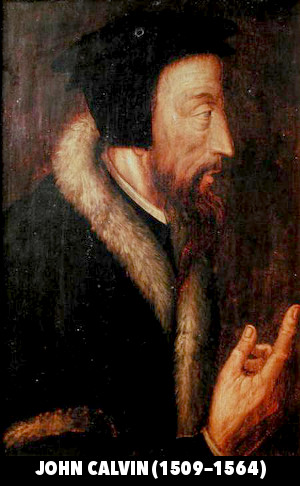 Ronald Wallace, a Calvin scholar reports in his book Calvin, Geneva and the Reformation that "The executioner was inexpert and the onlookers, appalled by the long drawn-out shrieks of the victim, out of pity tried to help the fire to burn more quickly by throwing faggots in to him to hurry up the process of death. The only devices in the whole affair that worked efficiently were the chain which kept the body tightly fixed and a thick cord wound several times around his neck." [9] What is it like to be burned to death? I decided not to describe it, after learning about it myself. Bruce Gordon said that Servetus called out to Jesus for mercy (la misericordia! la misericordia!), a call that Calvin and Genevan Council ignored. Gordon said Servetus "shrieked in horror. His last words were 'O Jesus, Son of the Eternal God, have pity on me!'—crucially, not 'eternal Son of God.' In half an hour, he was dead at the age of forty-four." [10] Bernard Cottret in his Calvin: A Biography said "Servetus died, burned alive, on the plain of Champel at the gate of Geneva. He passed away after committing a terrible error of syntax; he cried out, "Oh Jesus, son of eternal God, have pity on me! in place of the proper, "Oh Jesus, eternal son of God." [11]. Cottret concludes with this power final remark: "His [Michael Servetus'] punishment was due to the misplacing of a single adjective. Heresy is never anything but a question of grammar." [12]
Ronald Wallace, a Calvin scholar reports in his book Calvin, Geneva and the Reformation that "The executioner was inexpert and the onlookers, appalled by the long drawn-out shrieks of the victim, out of pity tried to help the fire to burn more quickly by throwing faggots in to him to hurry up the process of death. The only devices in the whole affair that worked efficiently were the chain which kept the body tightly fixed and a thick cord wound several times around his neck." [9] What is it like to be burned to death? I decided not to describe it, after learning about it myself. Bruce Gordon said that Servetus called out to Jesus for mercy (la misericordia! la misericordia!), a call that Calvin and Genevan Council ignored. Gordon said Servetus "shrieked in horror. His last words were 'O Jesus, Son of the Eternal God, have pity on me!'—crucially, not 'eternal Son of God.' In half an hour, he was dead at the age of forty-four." [10] Bernard Cottret in his Calvin: A Biography said "Servetus died, burned alive, on the plain of Champel at the gate of Geneva. He passed away after committing a terrible error of syntax; he cried out, "Oh Jesus, son of eternal God, have pity on me! in place of the proper, "Oh Jesus, eternal son of God." [11]. Cottret concludes with this power final remark: "His [Michael Servetus'] punishment was due to the misplacing of a single adjective. Heresy is never anything but a question of grammar." [12]
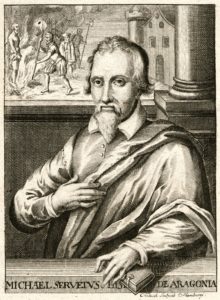 Michael Servetus (1511—1553)
Michael Servetus (1511—1553)
In part two of this series, I will discuss the implications of the execution of Michael Servetus.
- Michael Servetus: Saint, Heretic, and Martyr (Part 1: Burned Alive at the Stake)
- Michael Servetus: Saint, Heretic, and Martyr (Part 2: A Person Condemned by the Whole World)
- Michael Servetus: Saint, Heretic and Martyr (Part 3: A Radical Theology)
- Michael Servetus: Saint, Heretic and Martyr (Part 4: A Twenty Year Fight to the Death with John Calvin)
- Michael Servetus: Saint, Heretic, and Martyr (Part 5: A Defense of John Calvin and the Calvinists)
Sources
1. Bruce Gordon, Calvin, Yale University Press: 2009, Great Britton, Print. p. 217
2. Ibid. p. 223.
3. Ibid.
4. Ibid.
5. Ibid.
6. Ibid.
7. Ibid.
8. Ibid.
9. Ronald S. Wallace, Calvin, Geneva and the Reformation: A Study of Calvin as Social Reformer, Churchman, Pastor and Theologian, Wipf & Stock Publishers: 1998, Eugene. Print. p. 73.
10. Bruce Gordon, Ibid. p. 223.
11. Bernard Cottret, Calvin: A Biography, T & T Clark: 2000, Grand Rapids. Print. p. 225.
12. Ibid.
13. Header contains Image: "Michael Servetus in prison, by Clotilde Roch. Monument in Annemasse, France" (source: wikipedia)
14. Image: John Hus at the stake, Jena codex c. 1500 (source: wikipedia)
15. Image: Sixteenth-century portrait of John Calvin by an unknown artist. From the collection of the Bibliothèque de Genève (Library of Geneva) (source: wikipedia)
16. Image: Portrait of Michael Servetus "Miguel Servet, Miguel de Villanueva (1511 - 1553)" (source: wikipedia)
Related: Bernard Cottret, Bruce Gordon, Burning at the Stake, Emmanuel Stickelberger, Execution, Geneva, Guillaume Farel, John Calvin, Michael Servetus, Ronald Wallace, Servetus, ServetusSeries, William Farel
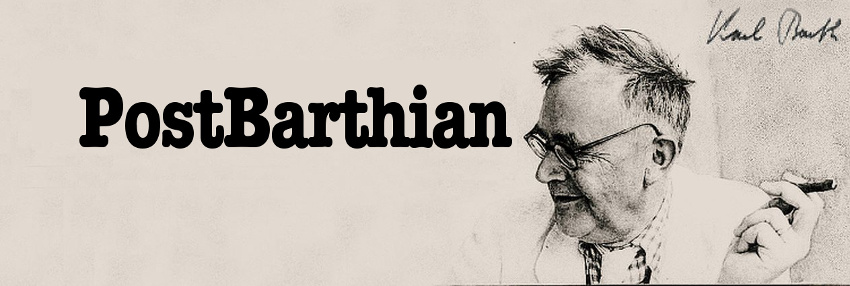


Leave a comment